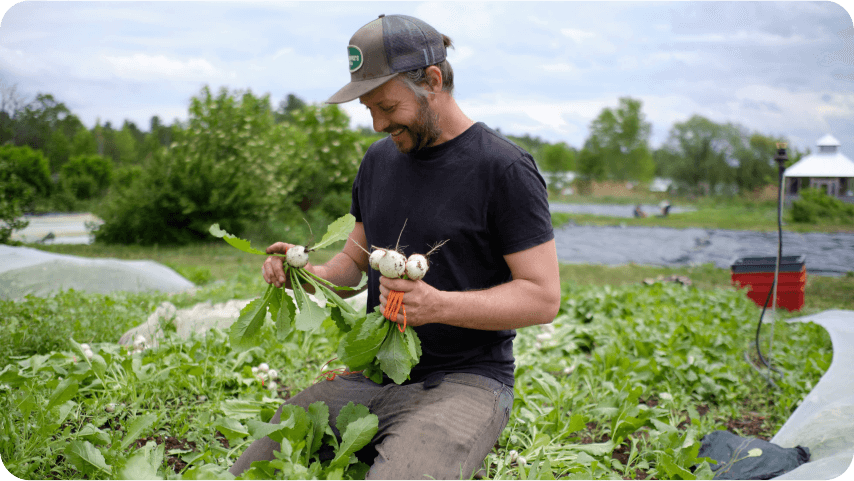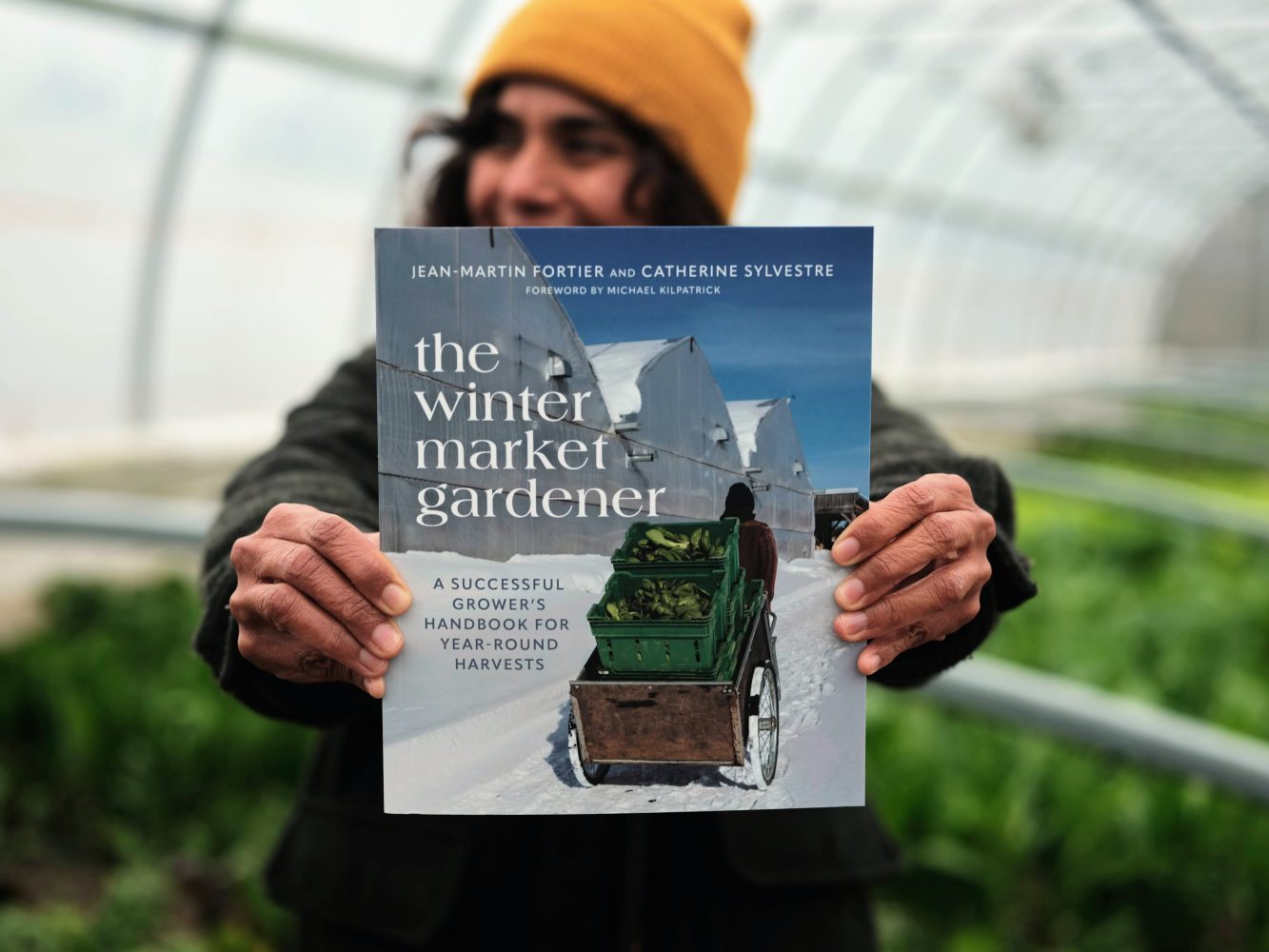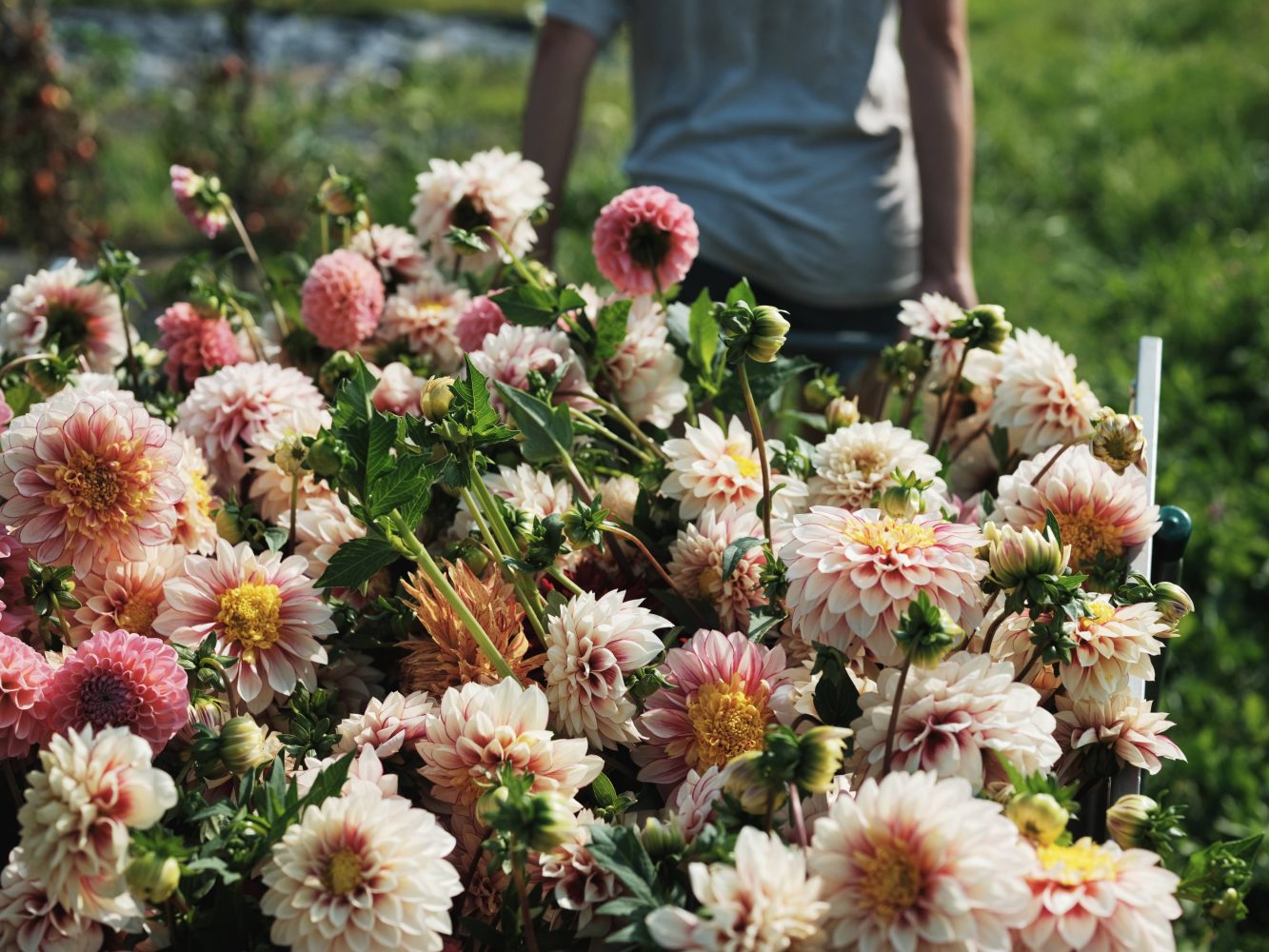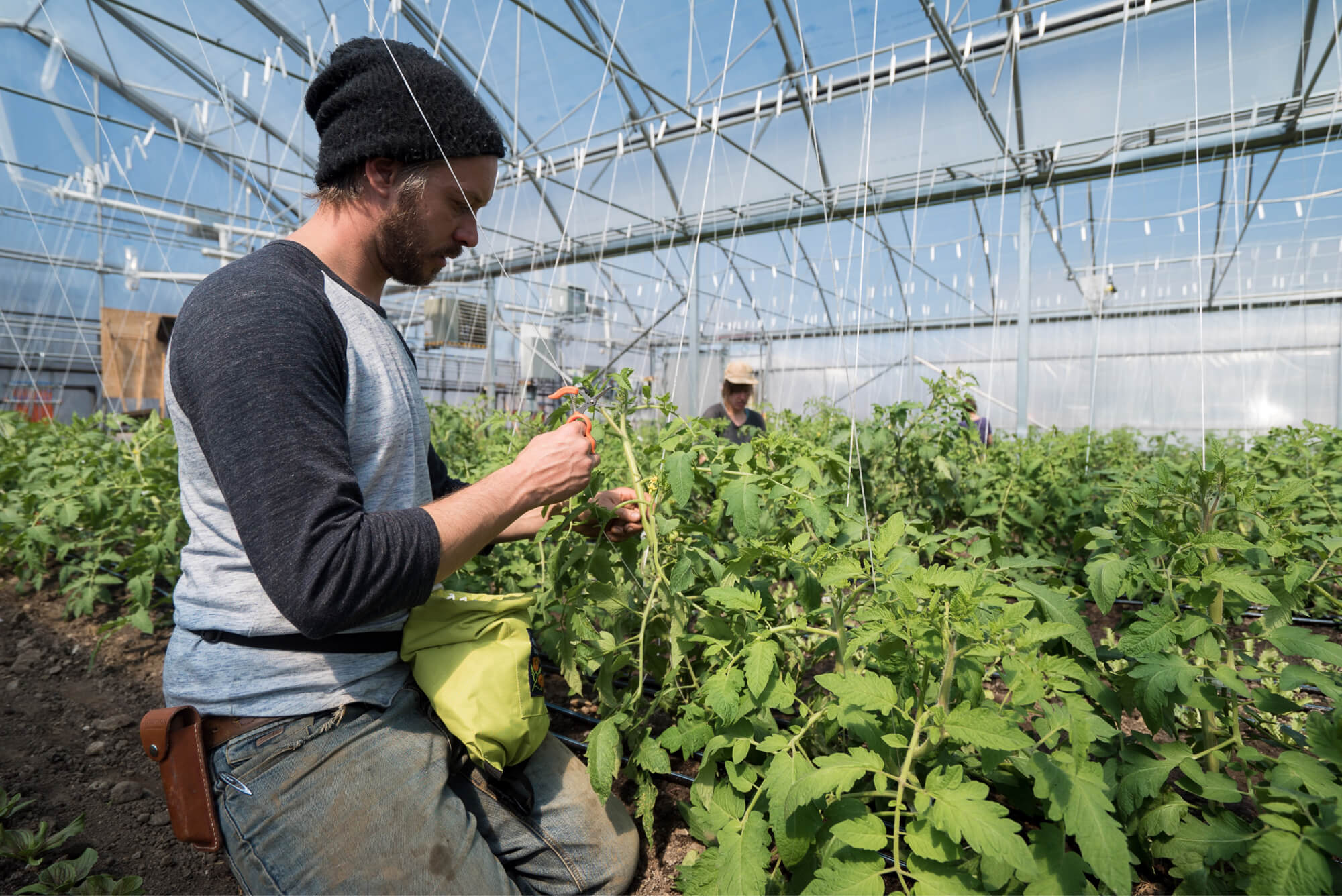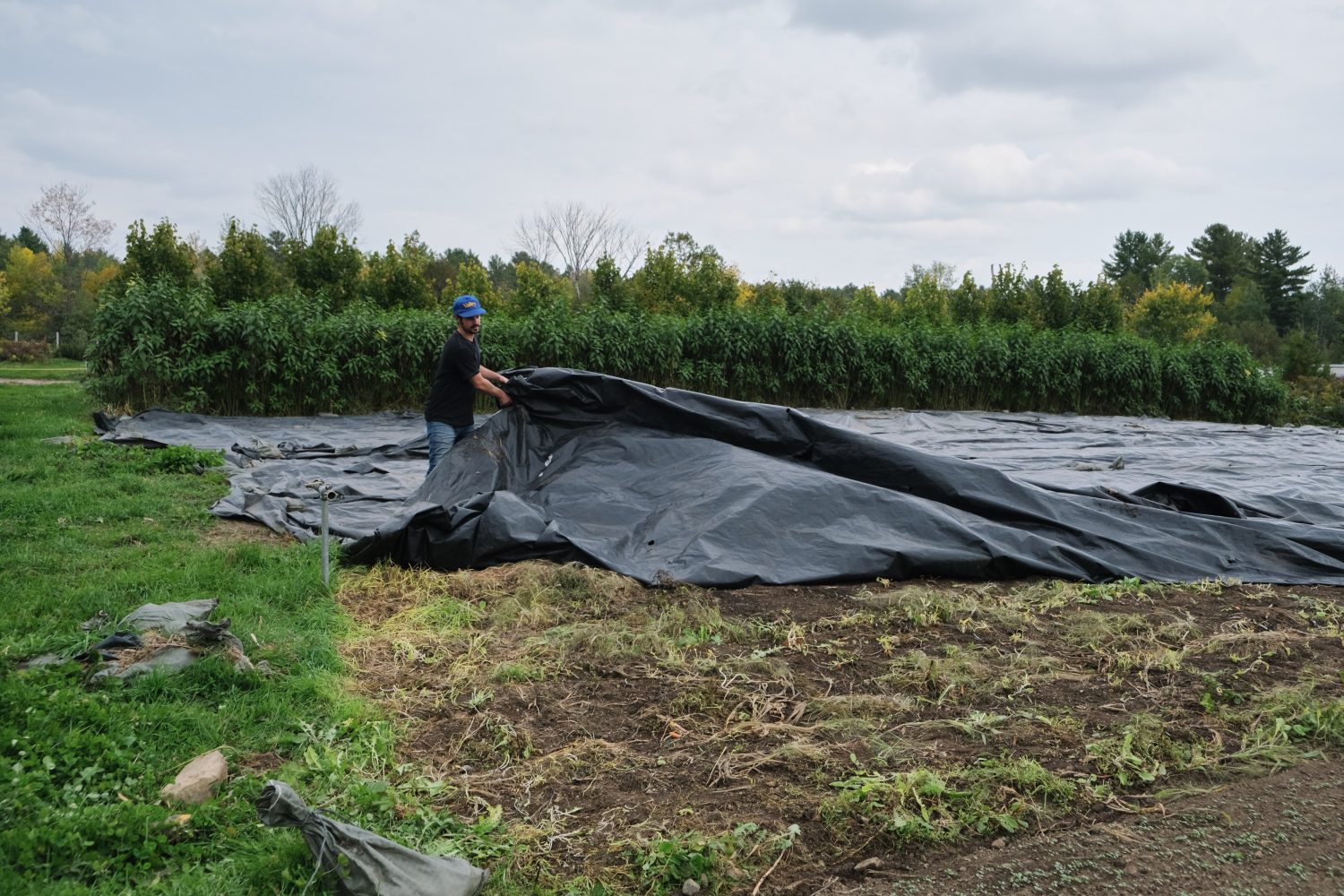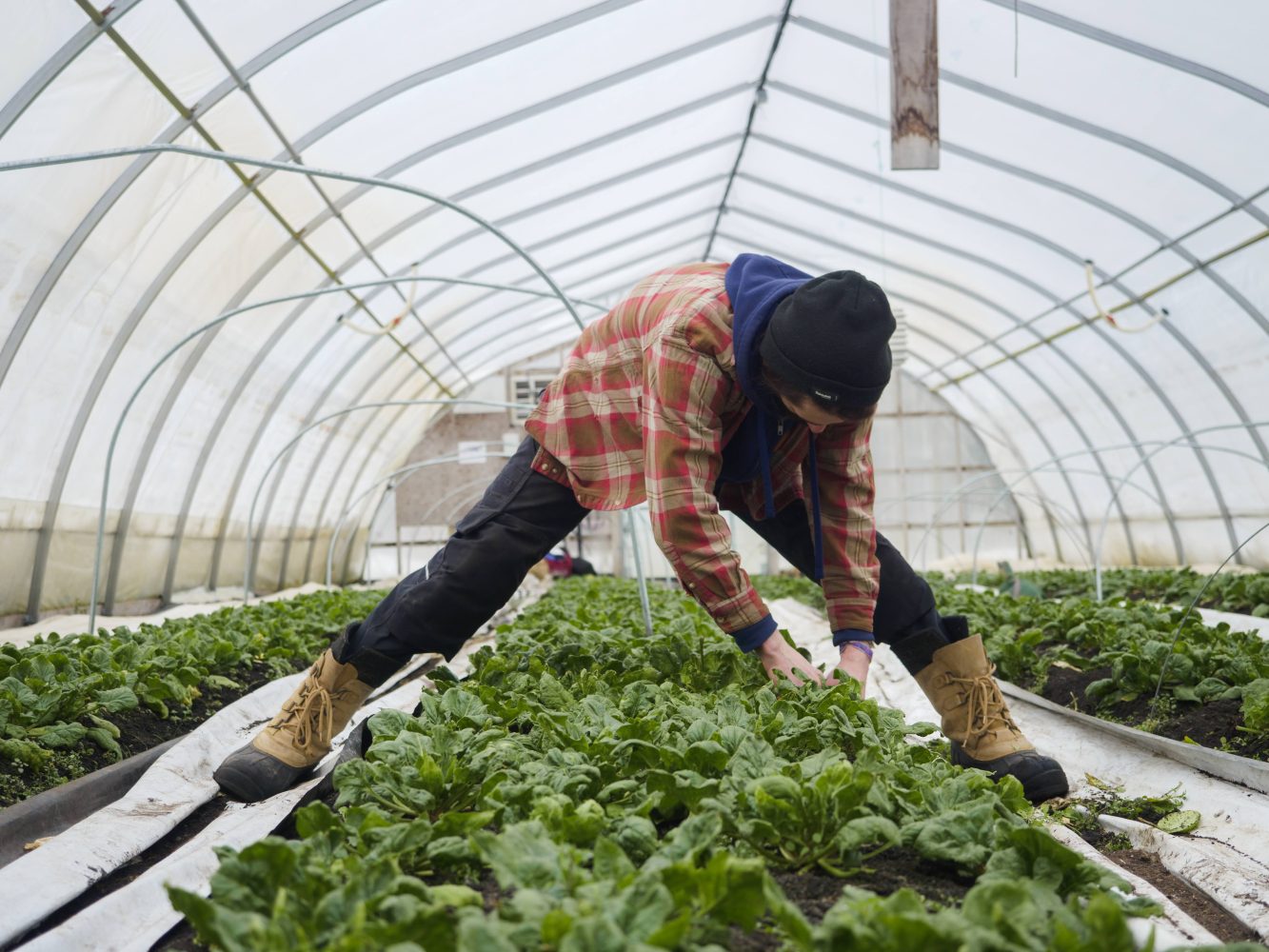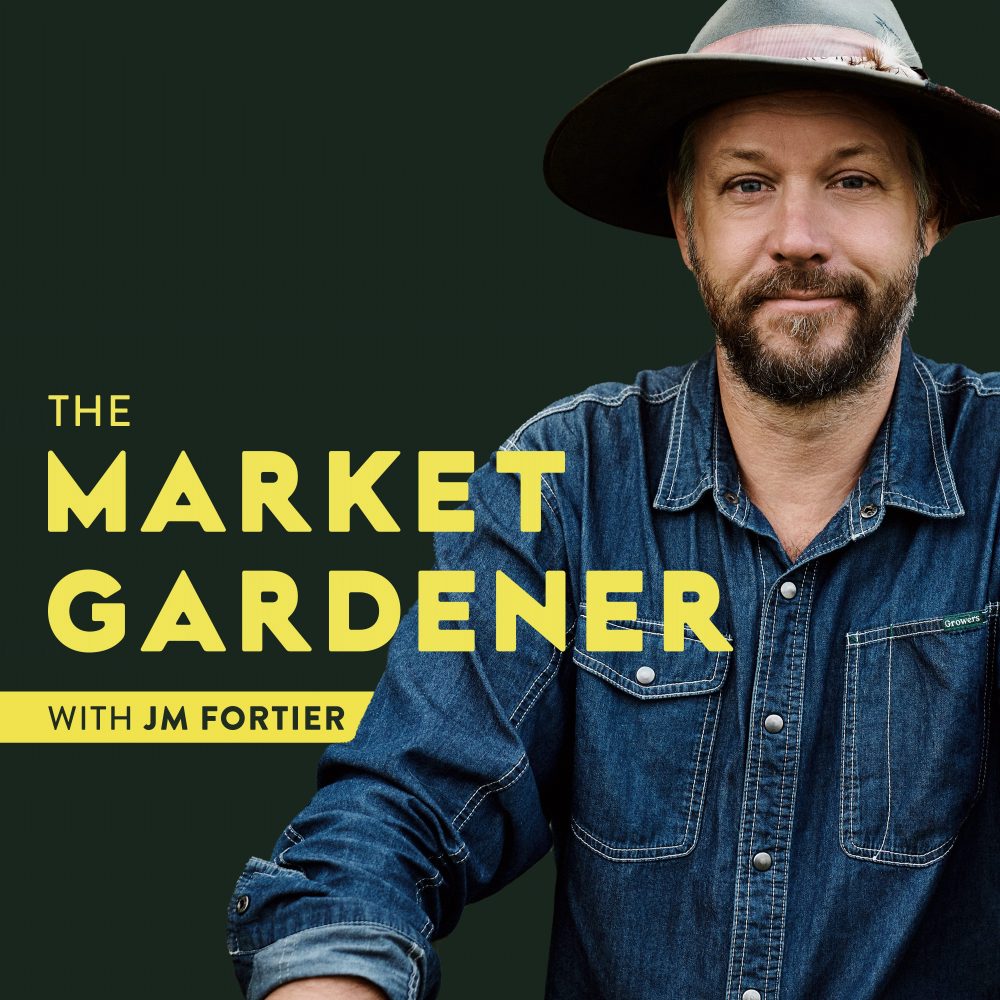Deciding how to heat your greenhouse, especially living in a cold climate, can certainly be a make-or-break decision. Deciding which heating source to use, how you want to manage your climate control, which insulation to use, and what kind of maintenance is required are all valid and important questions that we hope to help you answer.
Choosing a Cost-effective Heating Strategy for Your Greenhouse
Your first step in choosing a cost-effective heating strategy for your greenhouse is to not cheap-out on your furnace(s). Buying a new or nearly new furnace that runs efficiently is well worth the price in the long term. Make sure the furnace you buy has enough energy (BTU) to heat your space completely. The greenhouse manufacturers are usually able to help you determine the quantity of energy you need to heat your greenhouse.
As of now, air heaters that work with natural gas and propane are the simplest and have a good cost-effective ratio for greenhouse heating. Buying a new or nearly new furnace that consumes less gas is well worth the investment, even if the initial purchase seems to break the budget. To disperse heat equally and efficiently throughout the greenhouse, you should expect to install heating tubes that carry the hot air from the vents down your aisle and a squirrel cage blower, also known as a centrifugal blower.
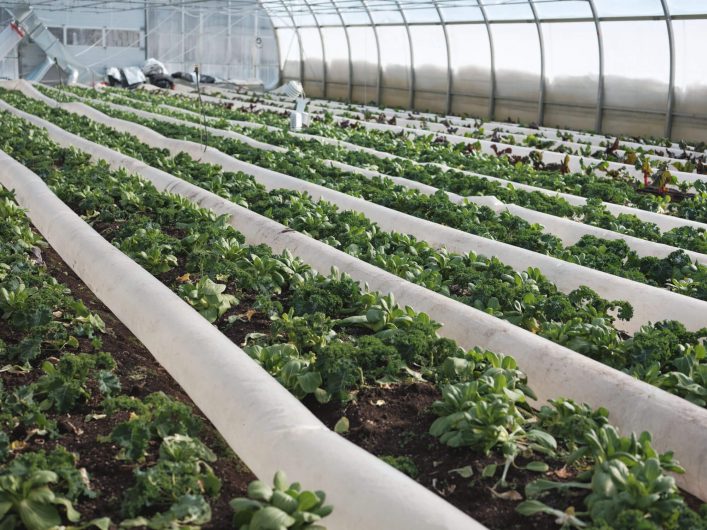
Add a Climate Control System in Your Greenhouse
Purchasing a climate control system will be another added cost. The price of the product and the installation can sometimes be daunting BUT it is so worth it. Having peace of mind that your climate settings are being followed and that you can rest easy knowing you will get a notification on your phone if anything is amiss, is only one reason why you should consider making this investment.
Your setpoints will be followed precisely, and the system will adapt to ever-changing conditions (high wind, no wind, rain, no rain, large cloud, full sun). It allows you to work on other areas of the farm without running back to your greenhouse every 30 minutes to make adjustments. It’s a huge perk that current growers have over growers in the past. Climate control systems do more than control heating and cooling; they control humidity, and some can control your irrigation.
Another advantage is that at the end of the day or week, you can look at your graphs (humidity, temperature, irrigation) and see whether you should make adjustments for the following week or day. This access to information comes at no extra cost for you and empowers you to make more informed choices. By noting down your weekly consumption, you can adapt accordingly.
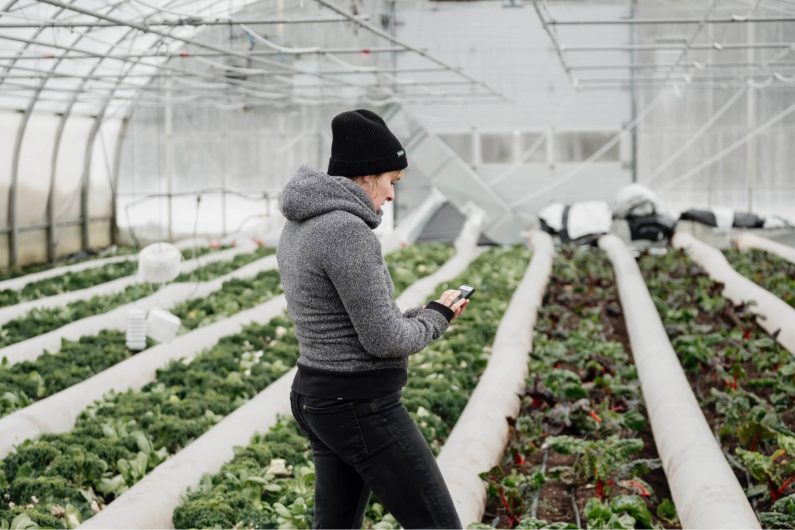
Think About Insulation and Airflow in Your Greenhouse
Managing insulation and airflow in your greenhouse is so important. Having roll-up sides and especially an opening roof are large added costs to consider when you order and install your greenhouse. However, no matter how much you plan to spend, you can have decent airflow by installing inexpensive HAF (horizontal airflow) fans. By circulating the air throughout the greenhouse and by breaking the thermal stratification, they ensure an even temperature that is easier to heat and better for your crops.
Deciding which material to use for your greenhouse covering will have a huge influence on your heating bill due to the materials insulating abilities. With our nordic climate and needs, we opted to use double-layer polyethylene as our greenhouse covering with airflow between both layers to have an added level of insulation. You can learn more on that topic by following this link to our article Four Factors You Must Consider Before Buying a Greenhouse.
Here Is an Example of a Greenhouse You Can Adapt to Your Needs!
Want to Learn More About Greenhouses?
The installation of a greenhouse is an important project for the profitability of a farm. However, the learning curve for selecting the right infrastructure and equipment can be steep, and adapting to growing crops in a controlled environment can be a challenge. That’s why we produced the course Mastering Greenhouse Production so you can avoid a lot of costly mistakes and run a successful greenhouse operation.
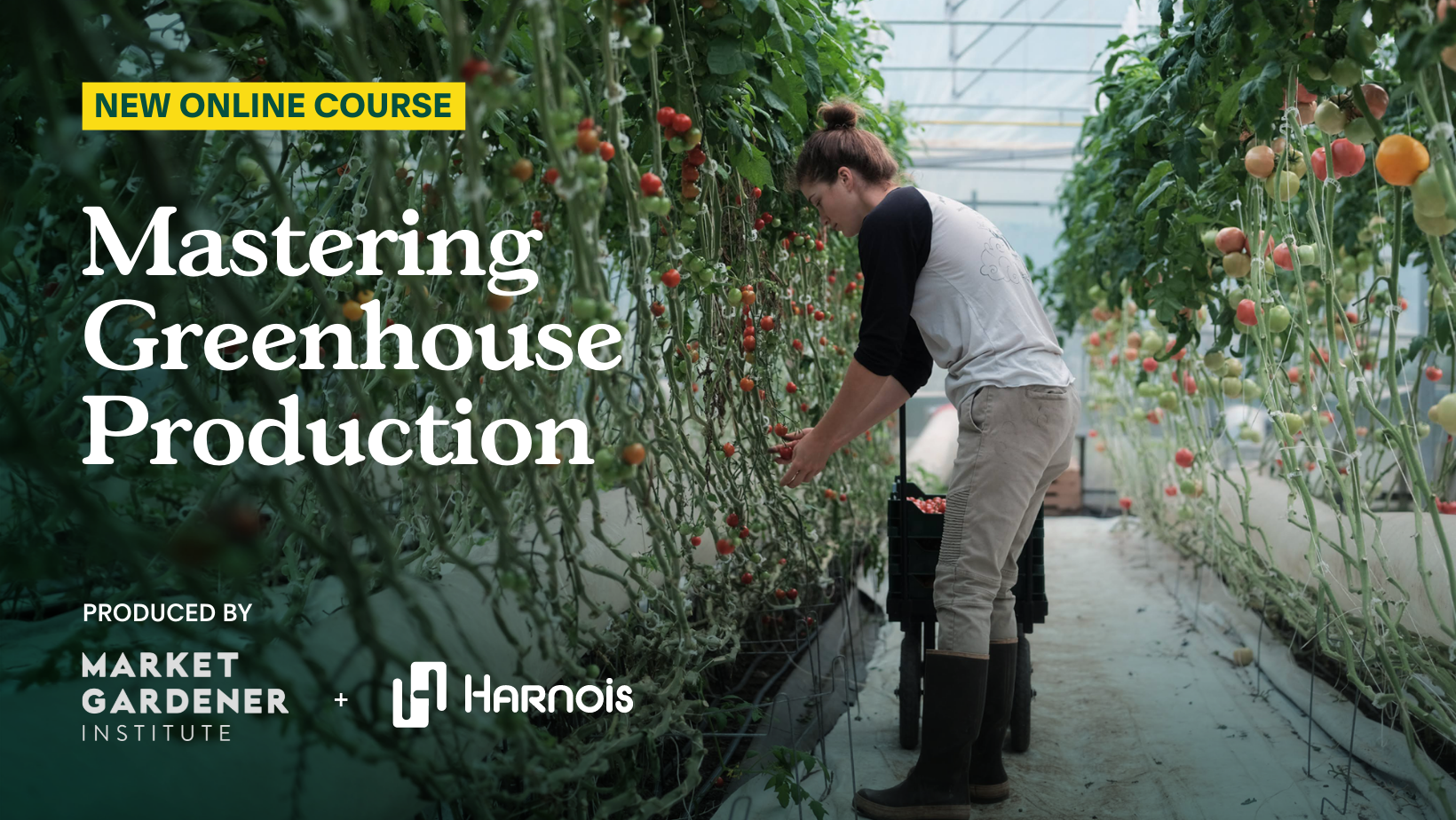
We have prepared a series of articles that will help you expand your knowledge on the topic of greenhouse installation so that this endeavor can be more enjoyable and less overwhelming.
We invite you to check out the following articles:
- Five Investments to Improve Your Greenhouse Production
- Four Factors You Must Consider Before Buying a Greenhouse
- Four Ways Your Season-Extension Production Will Benefit From Using Greenhouses
- How To Properly Ventilate Your Greenhouse and Why this is Essential in Your Success
- Should You Consider Automatization to Increase Your Greenhouse Yields?
